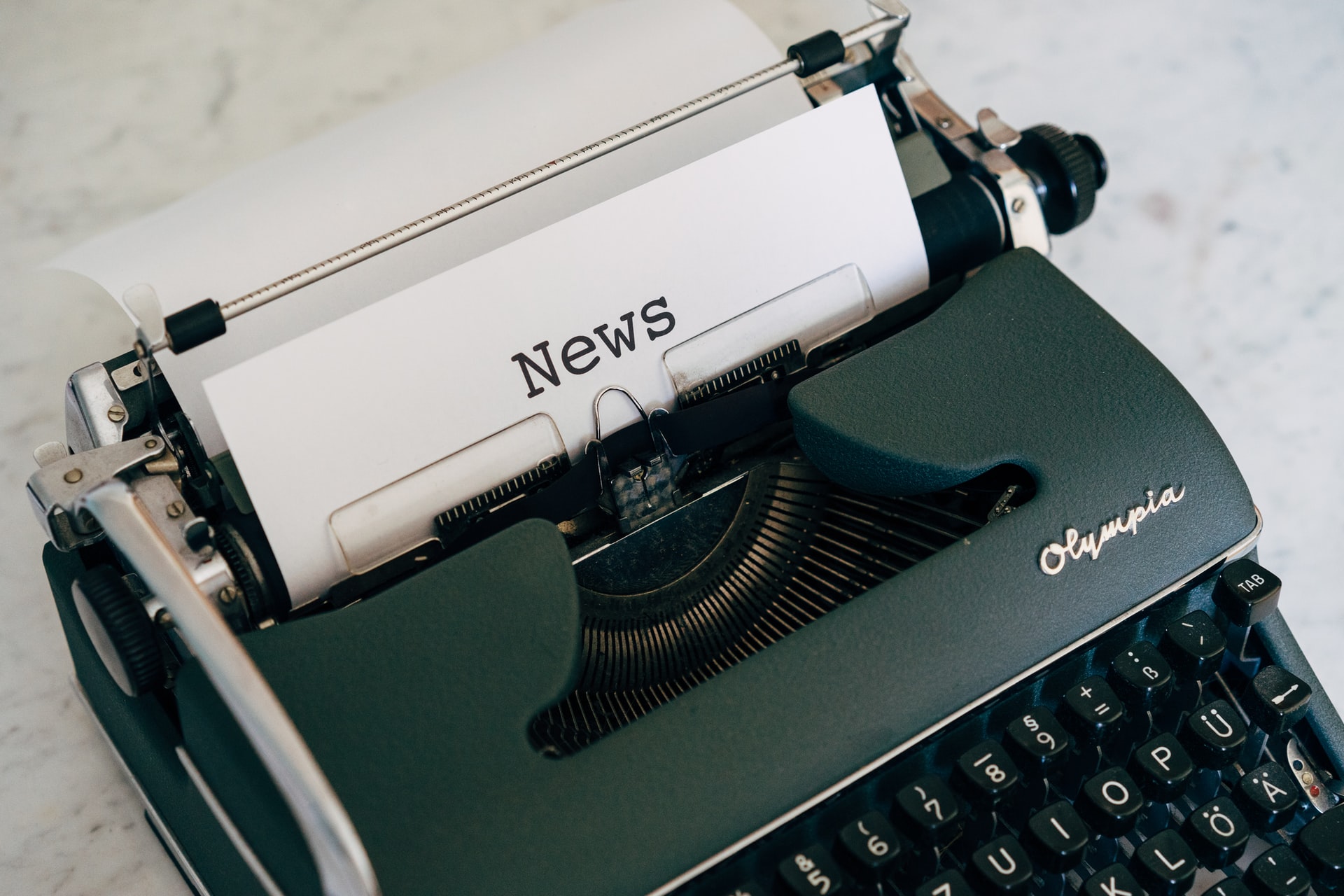
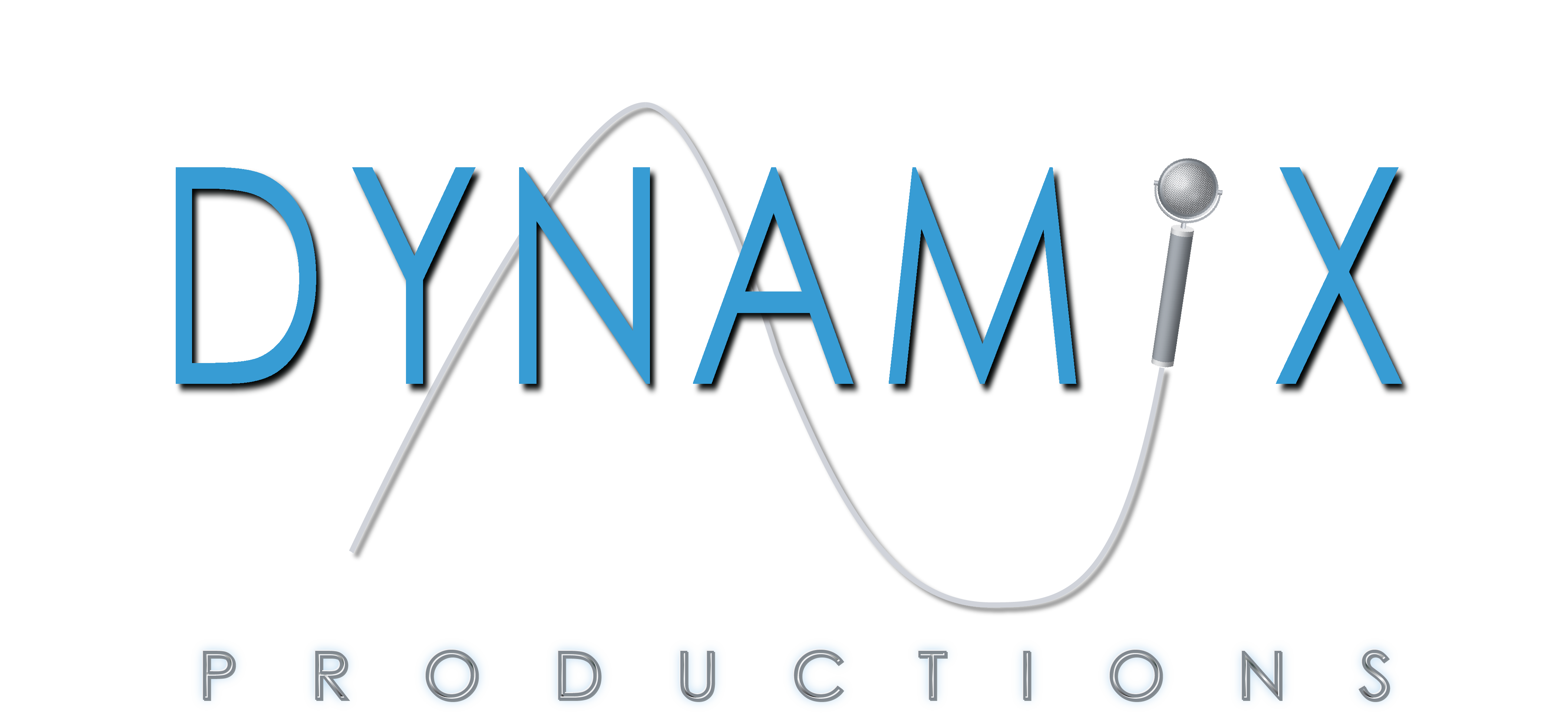
- © 2003 - 2025 Dynamix Productions, Inc. Contact Us 0


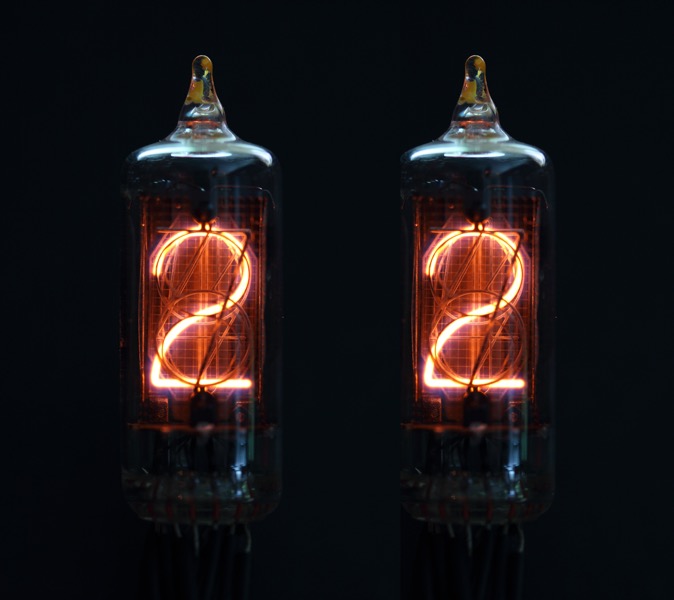
PART I
The year '22 ushers in an exciting new technology. Here's what has been said about it:
"The newspaper that comes through your walls."
"Anyone with common sense can readily grasp the elementary principles and begin receiving at once."
"It will become as necessary as transportation. It will be communication personalized. There will be no limit to its use."
What is it? You might want to ask what year is it? It was the year 1922, and it's when radio for the masses exploded into homes across America. It had been building steam for a few years since the end of World War One. That’s when transmitting restrictions were lifted. In 1919, Westinghouse engineer Frank Conrad began spinning Victrola records of concerts from his home-based amateur station 8XK to a couple of hundred other radio enthusiasts. Then his listeners grew to several hundred, some even writing in requests. In 1920, he broadcasted one of the earliest live concerts: his son playing piano. Westinghouse relicensed the station as KDKA soon after, becoming the first station to broadcast live presidential election results. KDKA was an important early pioneer of live radio performances.
Radio popularity grew because the vacuum tube had recently been perfected and could reliably amplify a radio signal. As a result, transmitter equipment became smaller and more affordable for the average person to set up a "radio shack" in their house. Many amateur radio operators began transceiving with each other or putting on music shows like Frank did. Receivers were also coming down in price for some families ($200, or about $2,800 today), but a DIY crystal set with headphones could be built at home for less than $10 ($140 today). John R. McMahon talked about his own adventures of making a crystal radio. His story starts with his neighbor’s attempts:
He had bought about three dollars’ worth of raw material, which looked suitable either for an embroidery party or a horse-doctor's kit. These things had queer names, like galena, cat's whisker and tickler. I surmised that the cat's whisker tickled the galena and this made the radio laugh. An important part of the apparatus was a wire-wrapped cylinder of pasteboard, this having been an oatmeal box which the maker had abstracted from the kitchen when his wife wasn't looking, and in so doing had left a trail of oatmeal all the way into the living room.
The Country Gentleman, 1922
So popular was making your own radio equipment that retailers sold out of supplies. So, people resorted to outright theft:
Chicago, Ill.--From all parts of the United States telephone companies are complaining about the forays amateur radio operators are making on public telephones in order to secure equipment they think will be suitable for their outfits. The seclusion of a telephone booth affords a good opportunity for the radio nut to acquire a receiver. The thrifty and unprincipled parties are greatly disappointed with results of sets equipped with ordinary telephone receivers--they won't work on the wireless sets. Telephone men are hoping the daily newspapers will tip off their readers to this fact and cut down the losses of telephone equipment.
Telephone Engineer, 1922
Amateur wireless operators are blamed by the authorities for the disappearance of telephone receivers from public pay station booths in Paris and other French cities of late. So extensive have the raids on the telephones become that the government has sent out a "general alarm" circular warning station operators and merchants to be on the alert.
Disappearance of the receivers, which can be used in radiophony, began shortly after the Eiffel Tower wireless station started broadcasting concerts and news.
Telephony, 1922
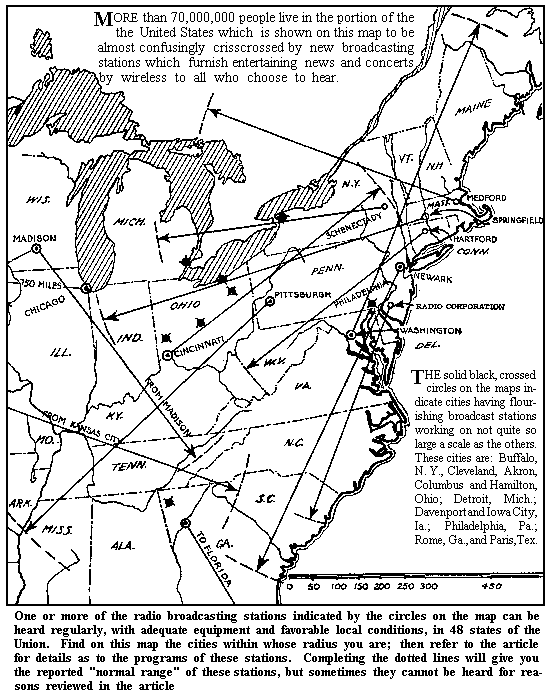
The rapid expansion across the U.S. of both stations and radio sets was phenomenal. Then Secretary of Commerce Herbert C. Hoover said:
We have witnessed in the last four or five months one of the most astounding things that has come under my observation of American life. This Department estimates that to-day more than 600,000 (one estimate being 1,000,000) persons possess wireless telephone receiving sets, whereas there were less than fifty thousand such sets a year ago.
This growth of licensed commercial broadcasting stations in 1922 was enthusiastically chronicled by Radio News Magazine:
June 1922. Ninety-eight radio stations were broadcasting music, concerts, lectures, and market and weather reports, according to the Department of Commerce on March 23. Among the sending stations are 10 newspapers, a church, a Y. M. C. A., several large department stores, and two municipalities. Many manufacturers, radio sales and equipment shops, and five universities are also sending out amusement features in several forms so that today "all who listen may hear," just as all who "ran" have been able to "read" for many years. Even Hollywood, Calif., has a broadcast.
June 1922. Today there are broadcasting radio telephone stations in 26 states of the Union.
August 1922. The growth of this class of radio stations has been remarkable; it jumped from 67 stations a little over two months ago to 274 today. Applications are filed on an average of about three or four a day.
September 1922. The states of Kentucky and Mississippi went on the Department of Commerce's Broadcasting Map last week when stations in Louisville [WHAS] and Corinth [WHAU] were licensed.
September 1922. On June 30th the Department of Commerce licensed the 382d broadcasting station, issuing 21 during the past week...The future of radio telephonic broadcasting seems assured, as the remarkable growth still goes on at the rate of about three new stations each day.
October 1922. When KDKA, the first broadcasting call, was assigned nine months ago to the Westinghouse Electric & Manufacturing Co., East Pittsburgh, Pa., even the Chief Radio Inspector did not suspect that today there would be 451 stations broadcasting, one or more in every state except Wyoming.
December 1922. Broadcasting still continues in all but one state in spite of the pessimistic reports from some quarters that this service, which is likened to a fad, is falling off and likely to collapse.
December 1922. Broadcasting with the issuance of a license in Laramie, Wyoming, [KFBU] every state in the Union has one or more broadcasting stations.
It was an exciting year for sure. Radio was very new and wildly experimental in 1922. Next month, we look at the unique and often controversial programming of radio in 1922, plus, businesses start to realize the power of the new medium.
Dynamix Productions, Inc. is an audio production facility in the heart of thoroughbred horse country, Lexington, Kentucky. Some of the many audio services we provide are: sound-for-picture, corporate communications, advertising, narrations, audiobooks, podcasts, live broadcast, ISDN, location and remote recording, restoration, and tape/LP to digital transfers.
Since our opening 18 years ago in 2003, we have won or been a part of nearly 100 awards; including more than 75 ADDY’s (American Advertising Federation), 10 Telly's, 2 Silver Microphones, 1 PRSA (Public Relations Society of America), 1 Eclipse Award, and 1 Emmy nomination.
Why do professionals from desktop producers to Fortune 50 companies choose Dynamix for the highest level of production? We Listen.
RECENT NOTABLE PROJECTS
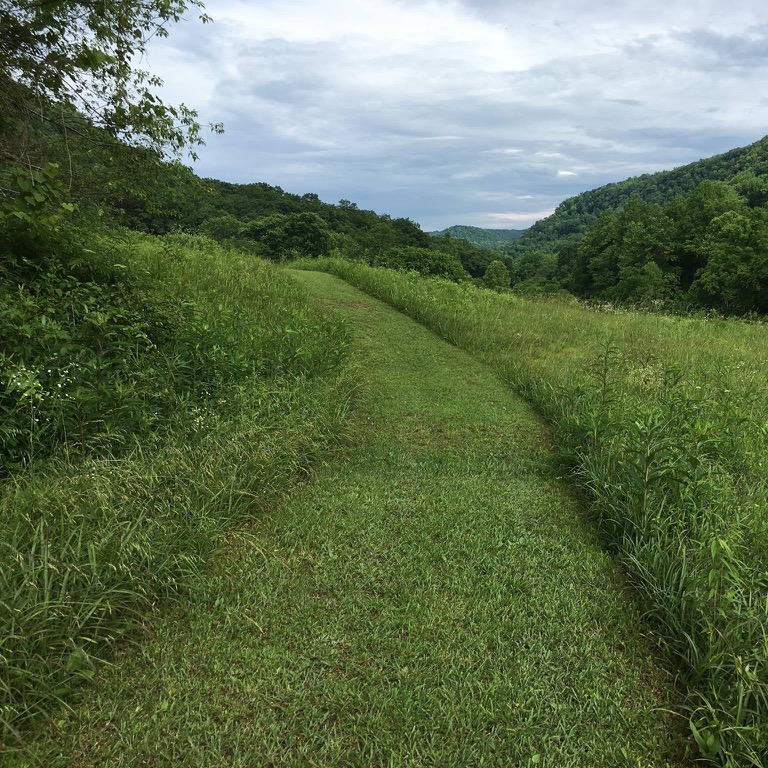
EASTERN STANDARD
Dynamix Productions, and WEKU-FM, Eastern Kentucky University’s public radio station in Richmond, KY, partnered in 2018 to move primary production of the popular long-running radio program EASTERN STANDARD to the studios of Dynamix. The first program produced at Dynamix aired on July 19, 2018. By bringing the production to Lexington, producers have easier access to Central Kentucky business, healthcare, and education leaders, as well as local artists, entertainers, and other newsmakers. The move underlines WEKU’s commitment to providing the area’s most concise and in-depth coverage of news, issues, and ideas that directly affect Central Kentuckians.
Hosted by network news veteran Tom Martin, EASTERN STANDARD is a public affairs program that covers a broad range of topics of interest to Kentuckians. Resources for topics include WEKU’s reporting partner, the Ohio Valley ReSource, a partnership with seven public media outlets across three states; the Kentucky Center for Investigative Reporting; and National Public Radio. EASTERN STANDARD can be heard Thursdays at 11:00 AM / 8:00 PM and Sundays at 6:00 PM on 88.9 WEKU-FM, and online at www.esweku.org.
Did you miss the live show? Listen online.
OUR MAILING ADDRESS IS:
Dynamix Productions, Inc.
333 N Ashland Ave, Ste 120
Lexington, KY 40502
CALL US: 859-335-1011